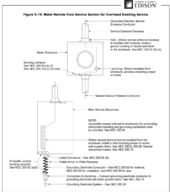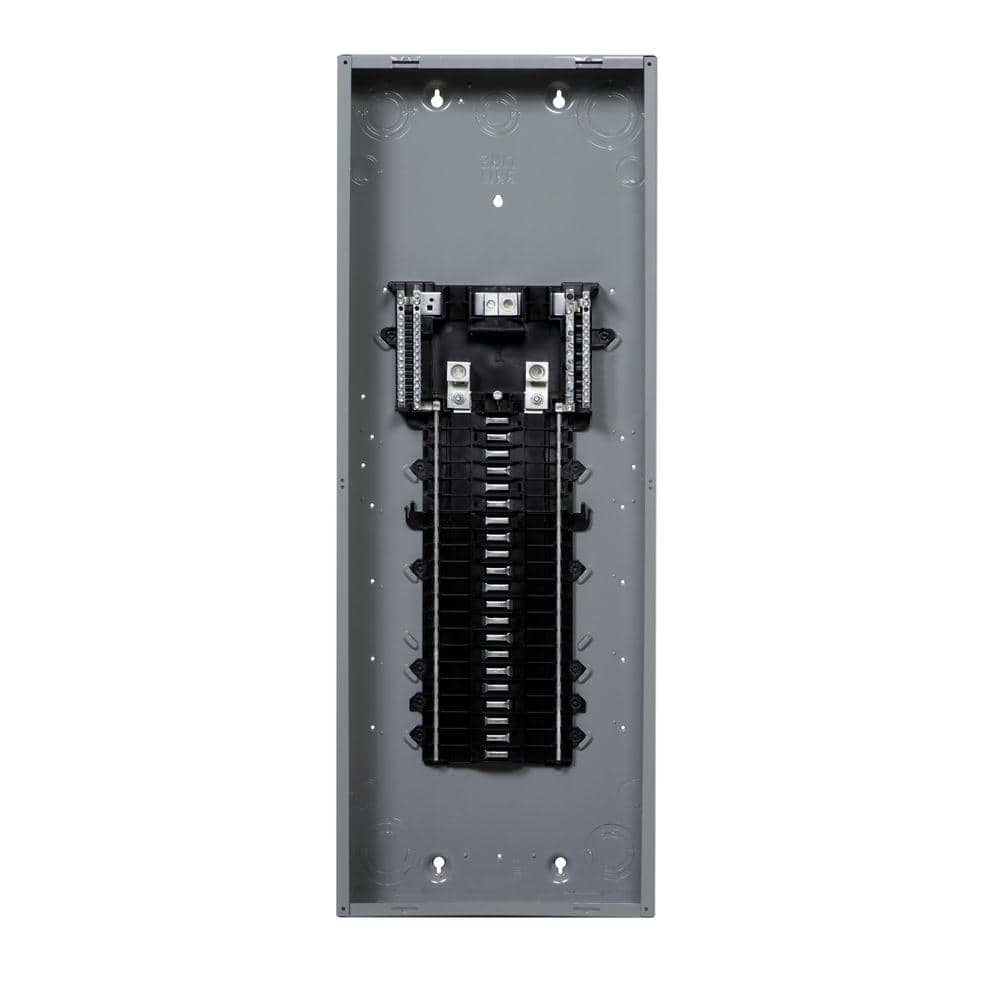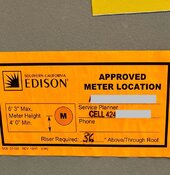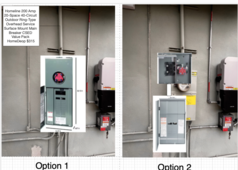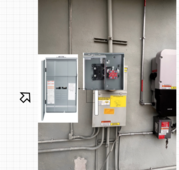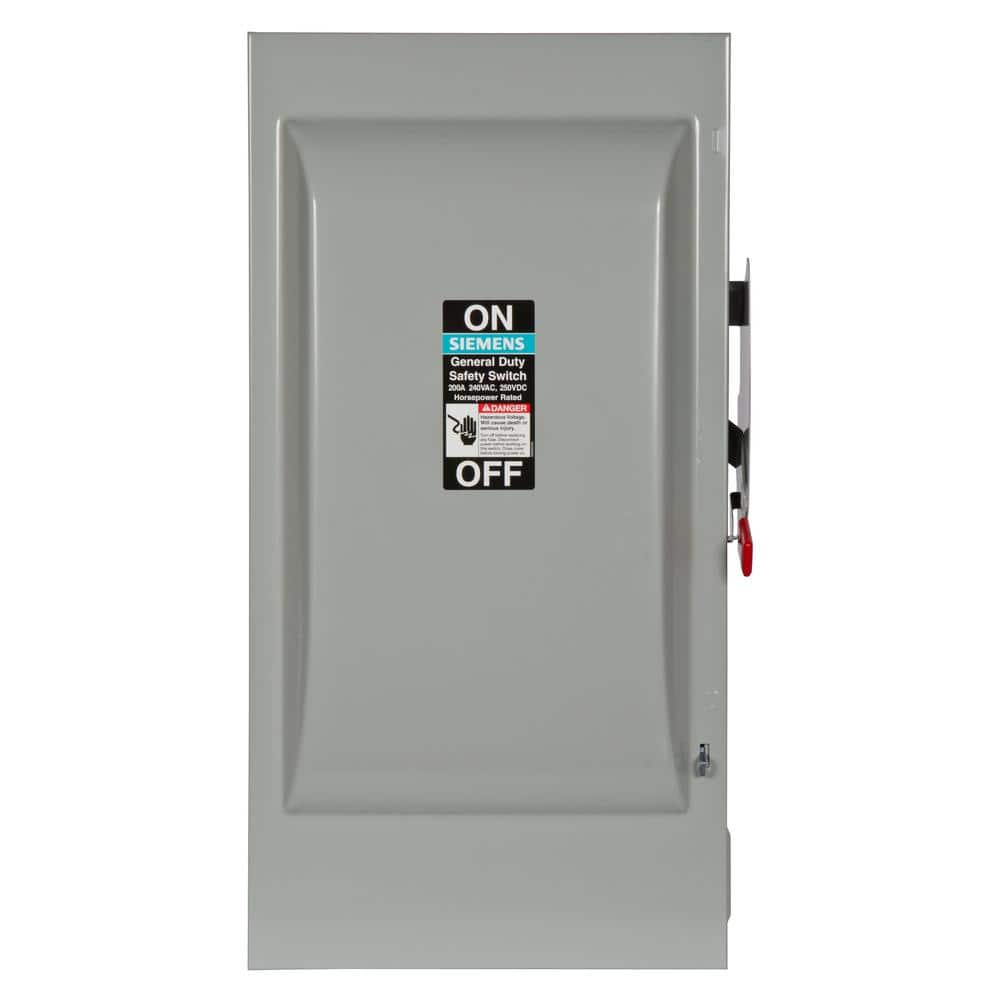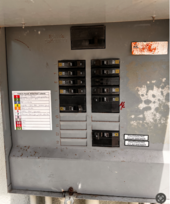Solarisium
New Member
I’m attempting to upgrade the main panel.
Utility: Southern California Edison
Current panel: 100 AMP with 100A main breaker
Future panel: Option 1: 225 A panel with 200A main breaker OR option2: 200 A main panel with 175A main breaker
must be Square D, outdoor, overhead, at least 30 spaces.
I prefer a 225 A panel but can find a good selection of them! Any recommendation?
I’m pulling the permit for this job, and Edison’s inspector (planner) already approved the location (the orange sticker) and determined that the current service is sufficient to support a 200 or 225A load.
Anyone with any recommendation / tip or experience with main service panel change or/upgrade?
Also I have to cut the meter seal in order to remove it. Would that be okay? No other way to remove it without breaking the seal. The planer said next steps are to get the permit, do the change out, and have the city inspect it! Dose anyone have experience with installing the meter in a separate meter socket? Do you recommend a separate meter socket and main panel or a hybrid panel/meter?
Thanks in advance

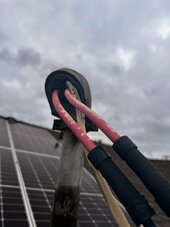
Utility: Southern California Edison
Current panel: 100 AMP with 100A main breaker
Future panel: Option 1: 225 A panel with 200A main breaker OR option2: 200 A main panel with 175A main breaker
must be Square D, outdoor, overhead, at least 30 spaces.
I prefer a 225 A panel but can find a good selection of them! Any recommendation?
I’m pulling the permit for this job, and Edison’s inspector (planner) already approved the location (the orange sticker) and determined that the current service is sufficient to support a 200 or 225A load.
Anyone with any recommendation / tip or experience with main service panel change or/upgrade?
Also I have to cut the meter seal in order to remove it. Would that be okay? No other way to remove it without breaking the seal. The planer said next steps are to get the permit, do the change out, and have the city inspect it! Dose anyone have experience with installing the meter in a separate meter socket? Do you recommend a separate meter socket and main panel or a hybrid panel/meter?
Thanks in advance






